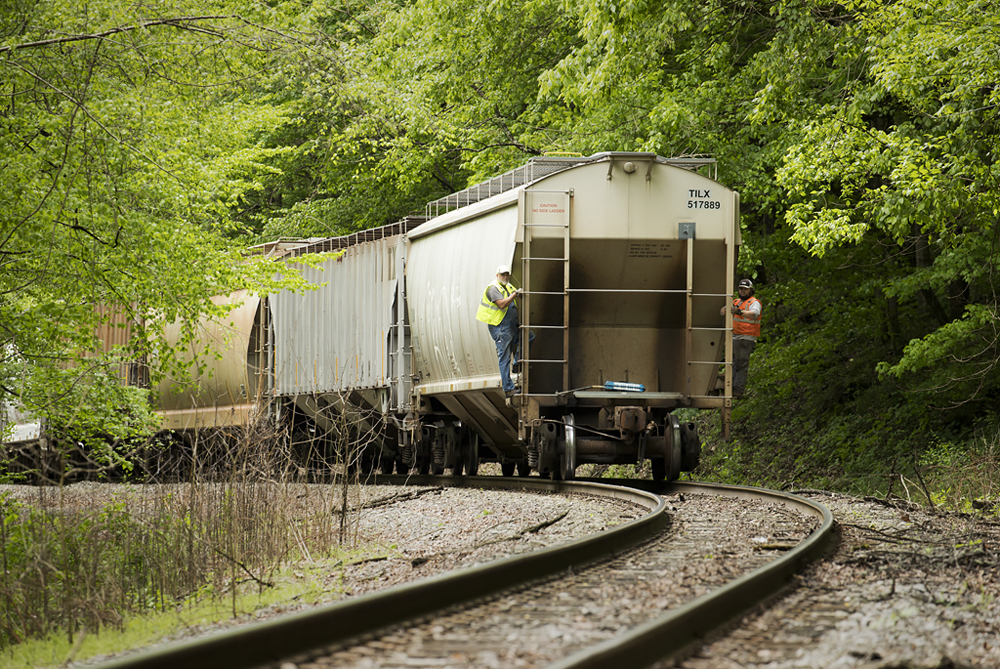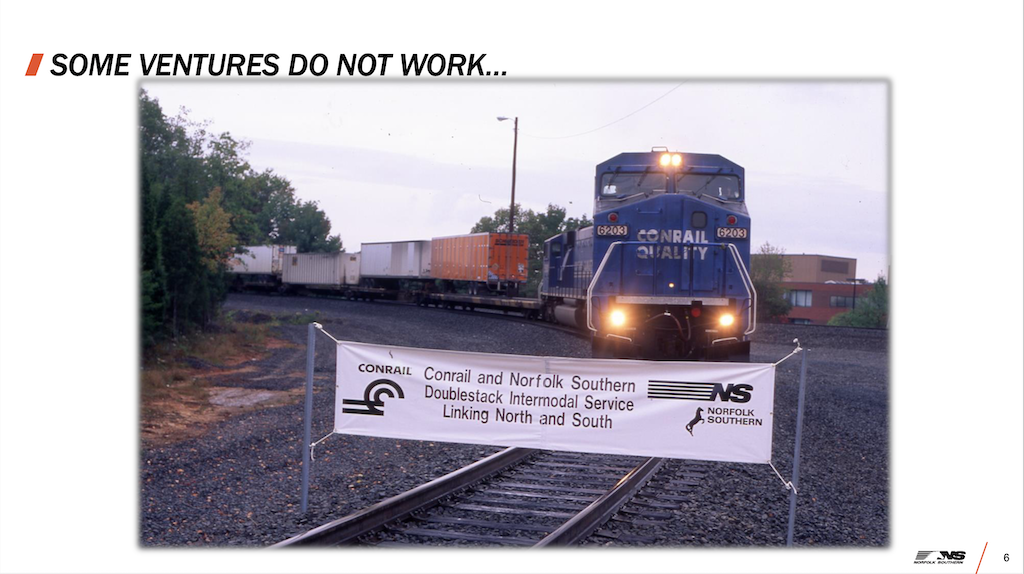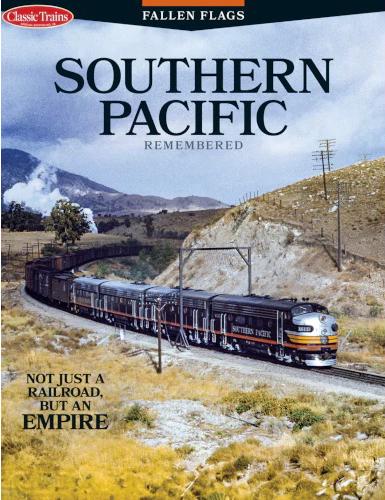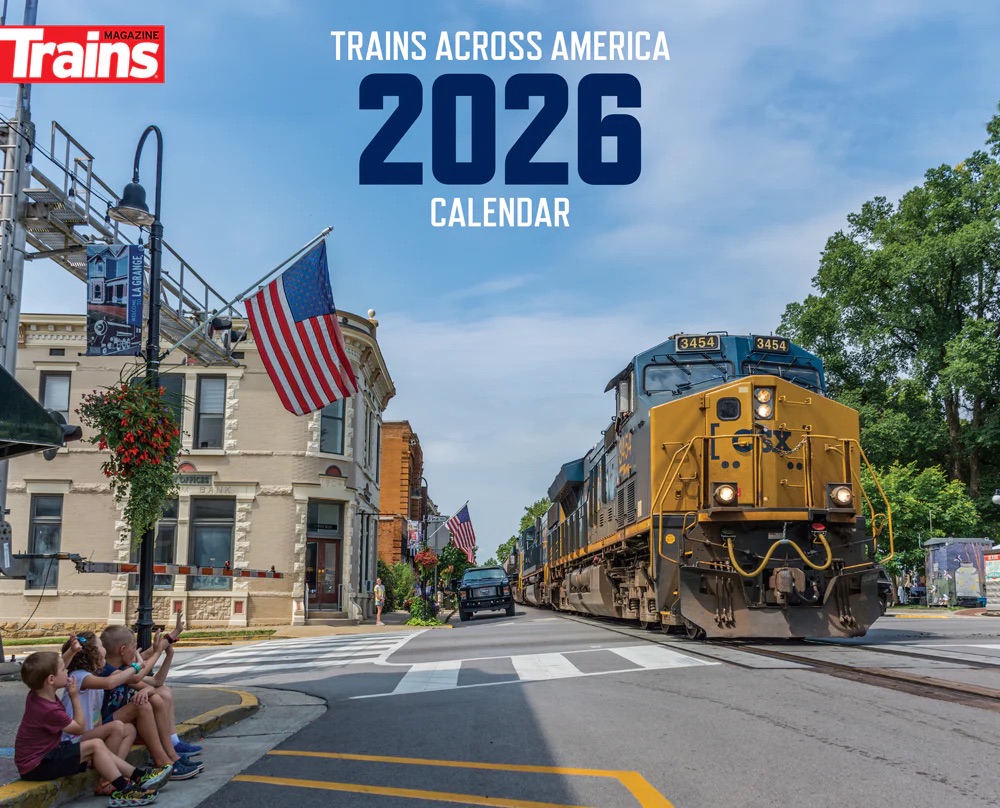
WASHINGTON — The National Transportation Safety Board issued a pair of rail safety alerts on Wednesday (Nov. 5, 2025), one addressing the risks of shoving moves during switching and the other on unexpected movements of unsecured equipment.
The alerts stem from issues raised in several NTSB investigations. Each area of concern has resulted in deaths or serious injuries to multiple rail workers, the agency says.
Risks of shoving moves
The board says that shoving movements were involved in 14 of the 20 conductor fatalities reported to the Federal Railroad Administration between January 2020 and July 2025, and that five recent investigations invoved conductors killed during shoving movements, as a result of colliding with motor vehicles at grade crossings, falling into the path of a train, clearance issues, or being caught between colliding trains.
That alert, cautions that shoving moves passing through close clearances can pin or crush conductors against rail equipments, buildings, and other objects, and that some close-clearance situations, like those created by stored equipment, may be temporary and therefore may not be marked or otherwise documented. It also notes that the risk of falling when riding on the lead car in a shoving move may be increased because some railcars do not provide a secure riding position, and that slack action can cause falls. Finally, it notes the risk of collisions at grade crossings can increase in yards, where crossings often lack gates and warning lights.
The alert recommends a dozen steps conductors can take to decrease risks, among them:
— Dismounting from the train ungated grade crossings to protect the movement from a safe location on the ground;
— Avoiding riding on any car with with missing or damaged safety appliances, or those that do not allow a stable riding position;
— Facing the direction of travel when riding to watch for unexpected obstacles such as other trains or equipment on nearby tracks.
It also recommends six moves railroads can take, including providing vehicles like trucks or carts, or providing safe walking conditions, as an alternative to riding equipment, and prohibiting riding equipment through ungated grade crossings or at other high-risk locations such as industry yards not subject to FRA regulations or railroad operating rules.
The full alert is available here.
Unexpected equipment moves
The NTSB also recommends 15 actions for railroad employees and seven for railroads to address the risks from unexpected movement by unsecured equipment.
The board says it has investigated five accidents between July 2024 and July 2025 in which rail workers were struck by equipment, resulting in death or serious injury. It notes such movements can occur when unsecured equipment appears stationary, but can begin to roll when brakes are accidentally released or are applied incorrectly, or when an inadequate number of hand brakes are applied. Other reasons such unexpected movements can occur include equipment left unsecured on track that is not level, when moving equipment comes into contact with stationary equipment, or when loads shift.
Among the steps employees can take to avoid incidents, the NTSB says, are ensuring at least 50 feet of separation from other railcars on the same track; applying handbrakes from ladders or end platforms to avoid a position in the track gauge before equipment is secured; and maintaining communication with crew members during switching operations.
Among actions railroads can take are training employees to foul a track (standing within the track gauge or within 4 feet of the nearest rail) only when necessary, and to maintain 50 feet of separation from unsecured equipment; ensuring operating rules related to securing locomotives and railcars are easy to understand; and revising safety procedures after any incident or close call to identify any gaps in those procedures.
The complete alert and list of recommended actions is available here.














A restatement of rules and procedures most carriers already have in place.